A dear friend sent me the article below which is a very well articulated analysis of one of the most critical problems that faces us globally. The article talks about America but the problem is really global and potentially lethal, if we remain heedless. I have tried to share some thoughts about it and would appreciate your contributions. Please write your thoughts on the blog as it facilitates interaction. Thanks in advance. Please read the article. If you think it is too long, it is a sign that you need to be detoxed. Read on……
https://www.theatlantic.com/magazine/archive/2022/05/social-media-democracy-trust-babel/629369/
“We must harden democratic institutions so that they can withstand chronic anger and mistrust, reform social media so that it becomes less socially corrosive, and better prepare the next generation for democratic citizenship in this new age.”
My question is: Who will do this?
The author has suggested what must be done. But who will do it? Paradoxically it seems to me that the only way this can happen fast enough to make a difference is if an autocratic dictator with massive power imposes the ideas that the author suggests. I say ‘paradoxically’ because no autocrat will do any such thing which would amount to killing himself. As for hoping that a normal democratic process which supports dissent can come together and take these steps with the alacrity that is critical, is to hope for the impossible.
Yet it MUST BE DONE. But without the WHO, it won’t happen.
At a more personal level, it will be instructive to think about what one can do to at least save oneself from the toxic influence of Twitter and FB et al. I know, ‘Uninstall’, is an option, but the problem with these as well as the chat programs like this one is the convenience of communicating. I don’t have FB and I don’t even miss it. But for many who have it, it is like a religion which they are willing to die or kill for. How do they get out of it?
The WHO is therefore, in my estimate, the absolute crux of the matter.
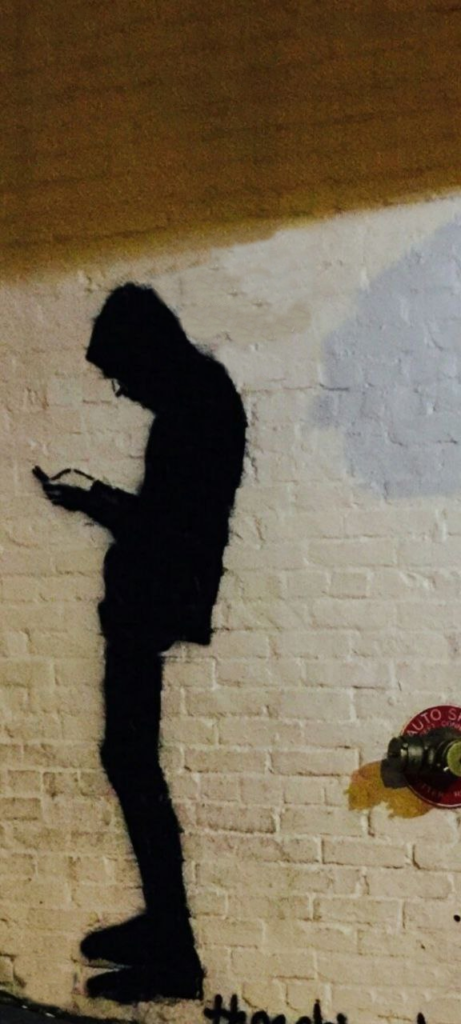
The key factor that the author mentions is how social media has substituted virtual (not real) friends for real human beings and virtual reality for physical reality. This homogenizes human experience and removes the wealth of diversity that real life experiences give you. When a large mass of people is in this frame of mind, then they can be manipulated by a ‘central command structure’ and influenced to make similar choices or to act in similar ways. They become controllable unlike people who have a diverse experience base and so are used to thinking independently and have a very different frame of reference.
What must happen therefore is to get children off their phones and out in the open with other children, to learn how to live with real people. We must understand that experience can only be gained in one way and that is by experiencing. You can only teach bravery, compassion, toughness, focus, teamwork, or anything such critical life skills in the way you teach cycling or swimming – by cycling or swimming i.e., by creating opportunities where they face situations in which they must act in these ways. Bravery by facing danger. Simulations can work to some extent, but it is only when you face real danger that you learn that being brave doesn’t mean not recognizing the danger but facing it and acting in a way to neutralize it. Yes, there is risk. But growing up without a chance to develop these qualities is far worse.
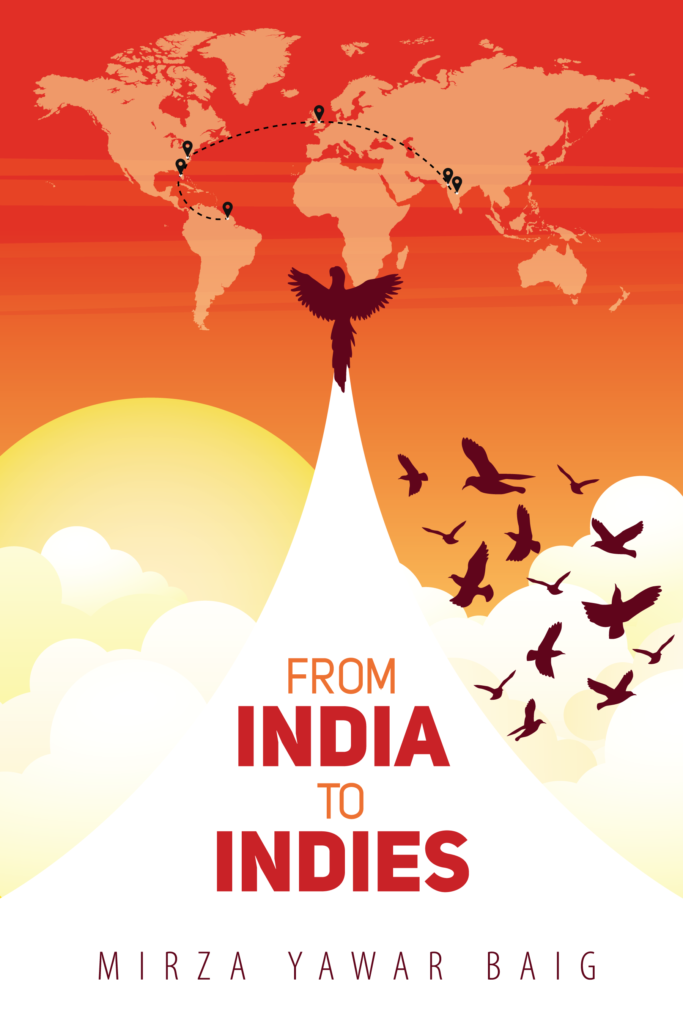
Reflecting on my life, I can see how my parents and mentors allowed me to do things and take risks that exposed me life choices which gave me the breadth of experience which has been so useful for me. The experiences I had were very different. Some happened in my childhood when I lived with my parents. Others when I lived alone in Guyana. The choices were not easy. Some were intensely painful. But they had to be made, their consequences, felt, and their results tasted sweet or like eating sawdust. Irrespective of that, every single one had a learning which was valuable beyond measure. And not one of them would have happened if I had been hiding my face in a phone screen. I strongly recommend that you read my book, “From India to the Indies”, which I wrote for precisely this reason; that I may record the experiences from my life which made me what I am. I hope that you will enjoy the book and think about how you can prepare your children to face the world by strengthening them instead of sheltering and mollycoddling them. To give you a taste of what you will find in the book, here is an incident from my life that I wrote about in the book.
One day while I was staying with Uncle Rama, I took the .22 rifle and went one evening to look for a particularly wily Nakta (Comb) duck that used to come to a particular jungle pool. I had been trying to shoot him for a long time, but he was too clever for me and always got away. On this day the sad story repeated itself. Once he was gone, I sat on a log for a while waiting for it to get dark. My companion, Shivaiyya who was my gun bearer and was carrying a 7.62 (8 mm) rifle sat on the ground by my feet smoking his bidi. We shared a companionship, which though structured according to the strict feudal customs we were both brought up in, came as close to an equal friendship as possible.
Shivaiyya appreciated the fact that I happily shared my meal with him, and we would eat together, something that no caste Hindu would deign to do with him. I, being Muslim and so out of the caste system and in any case against all kinds of such discrimination, had no trouble eating with him. Food and eating are very symbolic in our culture. We sat in companionable silence while Shivaiyya finished his smoke. Then he suggested that we go to his village, which was nearby and get something to eat. When we reached there, he brought out a charpoy and put a plank across it on one end. And then he brought some jawari roti (coarse bread of millet flour, cooked on a steel plate, without oil), chili (red pepper) chutney, and curds. Delicious, especially when you are ravenously hungry. The curds are to put out the fire of the chutney, both in the mouth and inside the belly. Finally, some buffalo milk straight from the buffalo…smelling of…well, buffalo. After dinner, I lay on the charpoy and slept for a while (by then it was probably 9 o’clock or so). Shivaiyya woke me up at that time and said, “I heard some Chital calling in that direction. Why don’t we go and see if we can get one before we go home?” I never needed much encouragement for such plans and so we were off. My night sight was so good in those days that I could walk without any light at all on a dark night. That night there was light moonshine, and we had a torch, so there was enough light to walk through the forest.
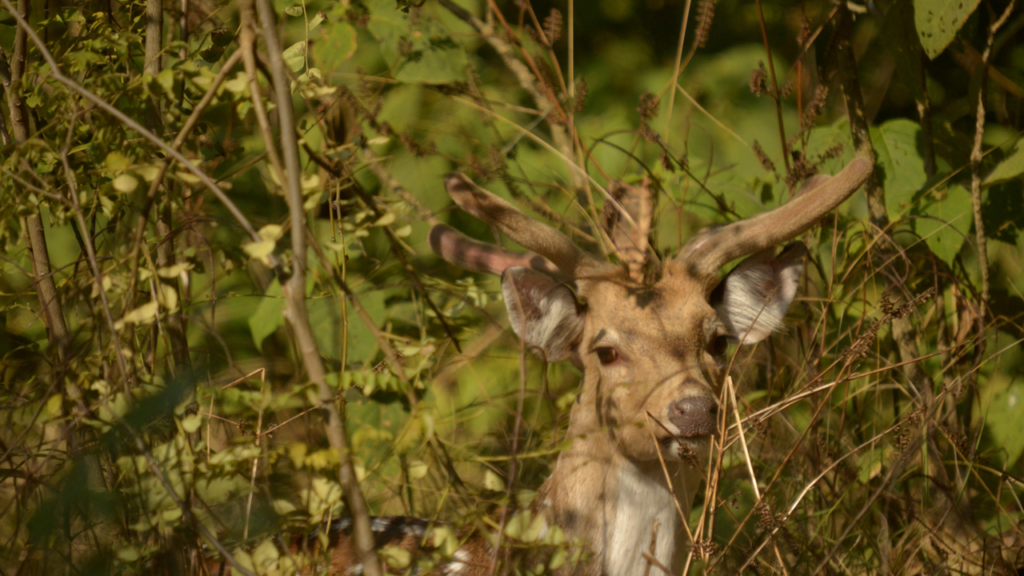
I was carrying the 7.62 and Shivaiyya had the .22 and the torch as we were after big game only. I am always very careful with guns and prefer the slight delay of slipping the safety catch even at the risk of letting the animal get away to the risk of carrying a loaded gun with the safety off. When we had walked some distance and came up a small rise, Shivaiyya shone the torch he was carrying and I saw a big Chital stag standing about 50 meters away facing me, in the middle of the path that we were walking on. I was as surprised as the Chital and threw the rifle to my shoulder and fired my shot, hitting him straight in the chest. A major mistake, as that is not a disabling shot. A high velocity rifle like the 7.62 will send the bullet straight through the animal and the animal will take off as if untouched. Naturally, it’s far from untouched as the bullet smashes soft organs inside and there is heavy internal bleeding from which the animal will surely die, but by then he has run anything up to a mile or more. In thick forest, he may as well be on another planet because the chances of finding him in the night are nonexistent. It is essential to make sure that you hit a major bone or the spine if you want to drop the animal, and for that a frontal chest shot is useless. This is exactly what happened to my Chital. The animal grunted and spun on its heels and ran like he hadn’t been touched. I knew from the sound of the shot that I had hit him squarely, so we tried to look for a blood trail. We found some light frothy blood showing that he had been hit through the lungs, but that petered out after a little while and try as we might, it was too dark, we were tired, and we couldn’t find the trail. Eventually, we gave up and turned for home. It must have been around 10 pm when we reached home. Uncle Rama had heard the shot and was waiting up for me. When I arrived, he asked me, “Kya maray Nawab?” (What did you shoot?)
“I shot a Chital, but we lost it and it ran away.”
“Did you hit it?”
“Yes, but in the chest and I think the bullet must have gone straight through. It just grunted and ran. We searched but could not find him at all.”
Uncle Rama suddenly became serious. “Yawar Baba, are you telling me that you left a wounded animal, and you are here?” I looked at him in surprise and said, it was dark, and I couldn’t find any trace of blood.
“I’m sorry,” he said, “you don’t leave an injured animal and come home. Please go back and find it. But first eat some food.”
Now this may look like being unnecessarily hard on a young lad, but the issue with leaving wounded animals in the forest is that in the case of deer, antelopes, and smaller game, you are sentencing them to an agonizing, lingering death. In some cases, they become easy prey for hyenas and other smaller carnivores because they are wounded, which makes their death even more excruciating. In the case of large carnivores leaving a wounded animal not only means sentencing it to a possible lingering death, but in many cases, this is the birth of a man-eater. The animal recovers from its wound after weeks of suffering but is not completely healthy and so can’t catch its normal prey and so turns on domestic cattle and their keepers. Large herbivores like bison and buffalo can become killers out of their hatred for the person who put them through the suffering. Leaving a wounded animal in the forest is a very serious offense.
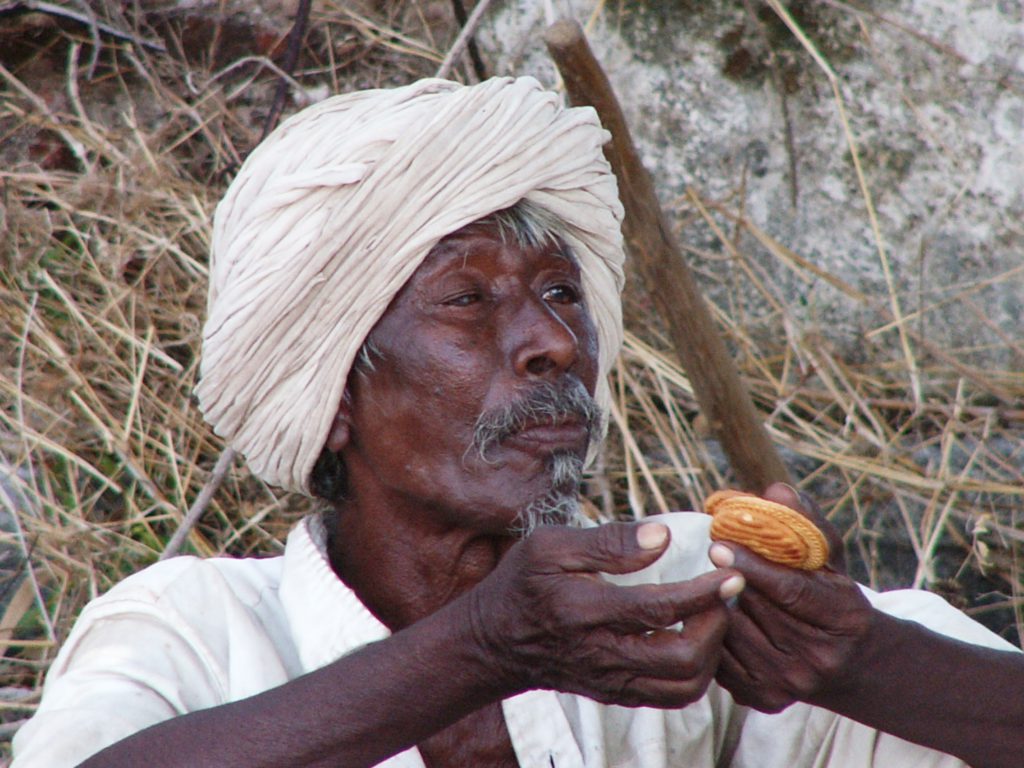
We ate a second dinner of meat and rice and then close to midnight, Shivaiyya and I went off again into the forest. We crossed the river, Dotti Vaagu and went up into the forest on the other side. As we came to the fork where one road led back into the Gond village where Shivaiyya lived and the other went off into the forest where I had shot the Chital, Shivaiyya said to me, ‘Dora, let us go and sleep. Then at daybreak we will take the dogs and find the Chital. There is no way that you and I are going to find it in the dark even if we walk around all night.’ I can’t say that he had to try too hard to convince me, so we walked the 2 kilometers or so to his village. The village was more a set of mud huts with grass thatch roofs, low entrances you had to bend double to enter, and no windows. Inside the hut was a cooking place in one corner with three stones to rest the pot on. The smoke from the dung fires was simply left to dissipate and find its way out through the doorway or through the roof. This had a good and a bad effect. The good effect was that it kept mosquitoes at bay. The bad was that those who spent time in the hut, mostly women and small children, lived in a smoke-filled atmosphere which I am sure wasn’t the best this in the world either for their lungs or their eyes. At night, the hut was also home to a couple of young goat kids, a calf or two, and one or two dogs; all taken in for safety from prowling leopards who patrol the villages for just such as these. The aroma of all of them was distinct and so thick that you could cut it with a knife. When Shivaiyya kindly invited me to spend the night in his hut, I acknowledged the honor but politely and firmly declined. I decided to take my chances in the open. He brought out a cot strung with rope – a charpoy – and put a rough black sheep wool blanket on it and gave me another to cover myself. I was so tired and of an age when sleep came easily. I dropped off almost instantly and only woke to the first questioning calls of the Gray Jungle Fowl roosters checking to see if it was morning.
One of my great delights when spending a night in the jungle is to listen to the sounds as the time changes from morning to night and back from night to morning. During the day, especially during the hot months, the jungle is mostly a silent place, except for the cicadas and the Brain-fever bird; between the two of them they can drive you insane. But as the sun goes down and the day cools, the jungle comes alive and starts preparing for the night. Peacocks announce that it is time to start heading for the roosting places. The very loud mewing scream of the peacock must be the most irritating sound in the world, but in the jungle, it seems completely in sync and not irritating at all. Jungle cocks – Gray Jungle Fowl in the Satpuras and south and Red Jungle Fowl in the north – then add their voices with their characteristic calls that end in a question – Cuk-coooo-ko-kuk? When one calls, another answers him. The hens are silent and leave it to the men to announce to the world that the day is coming to an end. Teetar (Partridge) then start to call and answer one another as they head towards their roosting places. Duck and (in season) geese flights start landing on the lake as they seek safety in the water. They stay on the water all night where nothing from the land can get at them. Geese are great talkers, and you hear them before you see them as they come in their classic arrowhead formations and land on the lake, feet first, setting up little ski tracks on the surface before they settle their keels into the water.
As the darkness sets in, the first animal calls come in. The Chital (Axis deer) stag barks to let the world know that he has seen a leopard or a tiger. However, some young Chital are easily spooked and tend to give the alarm call if they see a dog or a man. Chital usually follow Langur and have a symbiotic relationship with each other. Langur feed on top of trees and Chital eat the leaves and fruit they drop. I am not sure if there are any formal studies to support my observation of the relationship between Chital and Langur, but I have almost always seen them together, especially in the semi deciduous forests of the Satpuras. More importantly, Langur always have a lookout whose only job is to sit in the topmost branches and watch for predators and give the alarm if he sees one. They take turns in doing this so that everyone in the troop gets to feed. Langur calls – Ghoonk, Ghoonk – are more reliable and Chital take them very seriously as the Langur lends perspective to the Chital’s pedestrian life. The most reliable of all alarm calls, though, is the deep belling of the Sambar. When the Sambar tells you that he has seen a tiger, you can take his word for it. What’s more, the Sambar will keep belling – Dhank, Dhank, Dhank – as long as the tiger is in view. With some experience, you can locate the tiger and tell which direction he is moving in, simply by listening to the belling of the Sambar.
By now it is dark and depending on the time of the month, you may have a very nice moon, which adds a magical quality to the jungle that you must experience to believe. Shadows with fuzzy borders, each menacing or interesting, depending on your own experience in the jungle. You light a fire, more for companionship than anything else. And because we are creatures of light and are instinctively uneasy in the dark. Not that there is any danger in the Indian jungle, but it just feels nice to have a small fire. Never make the mistake of staring into it though because you need your night sight and looking into the fire destroys it. Another very typical sound of the Indian jungle is the call of the Nightjar. It sits in the middle of pathways, very low and flat on the ground and calls almost continuously – a sound more like a small machine purring to itself. When the sound stops, you can tell that it went up like a rocket to catch the unsuspecting insect which flew past. They sit in pathways because it gives them a clear flight path to catch insects and relatively better visibility as insects cross the pathway from one patch of jungle to another. A very beautiful addition to these bird calls which I enjoyed later when I lived in the Anamallais (Western Ghats) is the call of the Malabar Whistling Thrush – also called the Whistling Schoolboy bird. It is a deep, dark, metallic blue bordering on black and has the most beautiful song which he sings only when it is almost completely dark and then again just before dawn. The beauty of the clear liquid song falling out of the sky is one of my most cherished memories of those days.
Mornings are equally magical in the jungle. The first calls are usually the Gray Jungle Fowl roosters, checking to see if it is really dawn. They do their more serious calling later when they come down from the trees, find a tree stump or rock and stand on it and call out a challenge to any other roosters in the vicinity. But the first calls are while it is still dark. The Langur wakes up and adds a hoot or two. The next are the Peacocks greeting the strengthening light. The Nightjars make the last of their –chukoorrrrr – calls as they settle in for their ‘night’. You may hear an owl or two. By now the light is better and Partridge start calling and Peacocks and Jungle Fowl add their calls to them. Chital and Sambar are generally silent now as most predators have settled in for their rest. If the occasional tiger is still getting to his layby, you may hear the Sambar who sees him, announcing his progress. Morning comes quickly in these parts and by about 5.30 a.m. it is clear light. The duck and geese flights start as soon as the light starts to get stronger, headed for the fields of cultivated land where they feed all day with one goose always as a lookout. They take turns so that everyone in the flock gets to eat but when on sentry duty, they don’t slack in the slightest. A threat to life is a great motivator.
Shivaiyya came out of his hut by the time I’d completed my ablutions with sweet, milky tea, which we both drank in silent companionship. When we had finished and the light was stronger, he whistled to his dogs, and we set off to find the Chital. These are the famous Indian ‘pye-dogs’. Feral mongrels, with a very highly developed sense of smell, and a lot of wisdom living in the jungle where they are the favorite food of leopards. So only the clever ones survive. We took the dogs to where I’d first shot at the Chital and they tracked it into a ravine where he had fallen and died the previous night. Not too far from where we had been looking for him but not having the dog’s sense of smell, we had no chance of finding him in the dark. As I had thought, my shot went straight through his heart and out of the back. As it did not break any major bone, the animal ran away and there was also not much of a blood trail. It died eventually, but after running almost 200 yards and falling into the small ravine.
Such were my lessons in responsibility learned. Lessons about being responsible for my actions; for the consequences of my actions and of being ready to pay the price thereof. Much that I am grateful to Uncle Rama for. What remains most vivid in my memory is the way in which he taught me, even the painful lessons. Firm, but full of love and with a lot of respect. The key lesson in all this is the importance of taking yourself out of your comfort zone and meet people as far removed from you socially as aliens from another world. Not meet them as curiosities, but as friends. Live and eat with them, walk the path of their lives, no matter how briefly. Listen to them talk about their dreams, hopes, and apprehensions. Shed tears with them, laugh with them. And do it all with genuine sincerity and compassion. It is only when we take real risks, that we truly live. That is when we feel each moment of life and appreciate each incident, meeting, and situation. But none of this will happen unless we get out and learn to live as truly free people. Freedom comes at a cost. So does slavery. It is for us to decide which is more costly.
Our challenge, as educators, parents, leaders, and concerned citizens is to make this happen not for one person but on a scale that will show a difference in a short time. The longer we take to create a core group of independent people who can think, solve problems, take risk, own responsibility, and stand up against tyranny, the more the opposite will get ingrained and entrenched and thereby become that much more difficult to uproot and eradicate. No matter how much we want to pretend to be individualistic and free, our major problem is conformity arising out of the fear of dissenting. We fear to stand out and seek safety in the herd, not realizing or perhaps more accurately, not caring to see that there is only one destination for the herd.
Yes, there is danger in standing out. But without the standard bearer, nobody will rally to the battle standard. And the fight will be lost before it can begin.
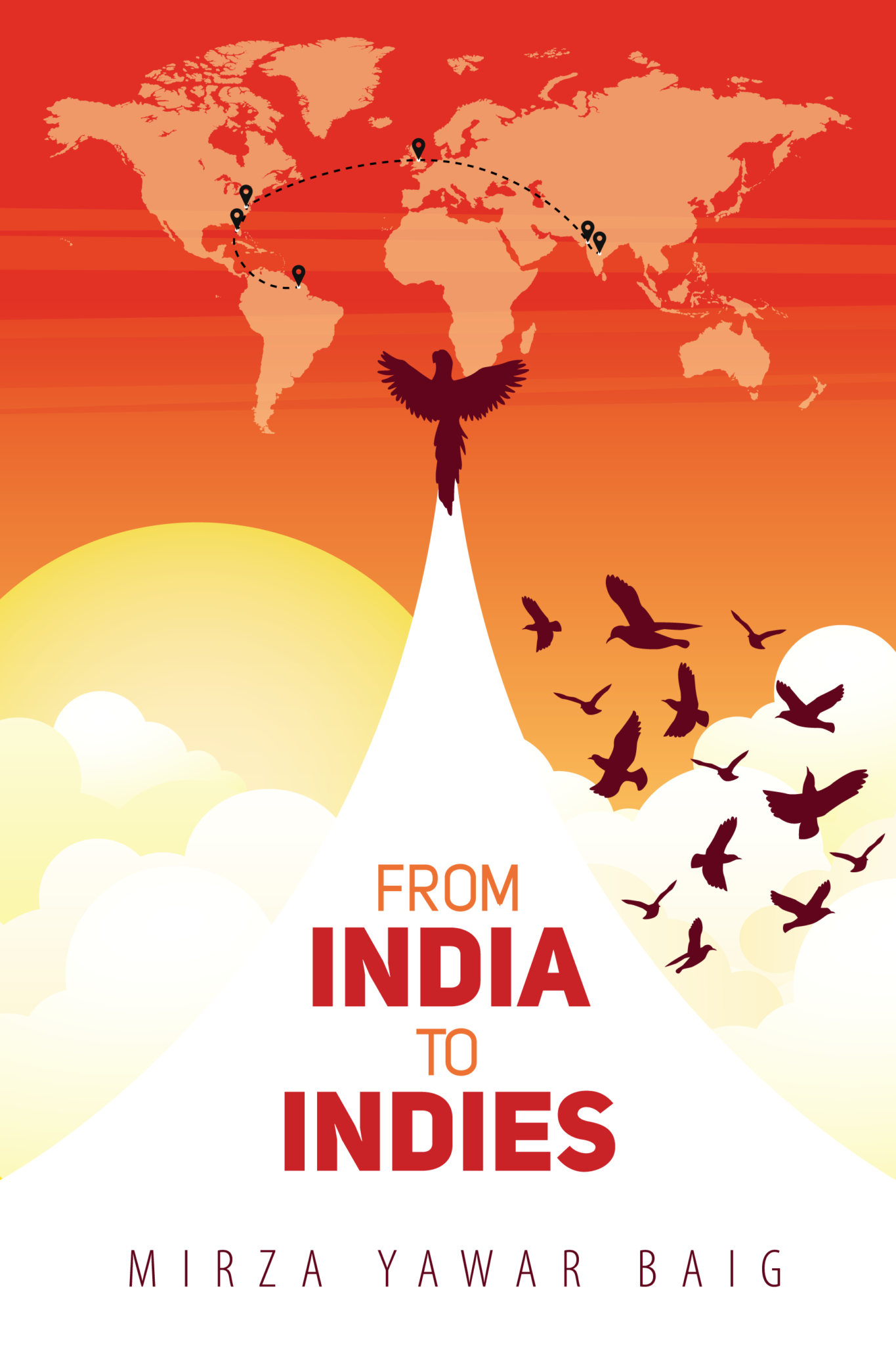
“Yes, there is danger in standing out. But without the standard bearer, nobody will rally to the battle standard. And the fight will be lost before it can begin.” This is becoming our situation more and more each day, I say this as a reminder of where we may have fallen short. How do we decide which battles to fight and which ones to leave. What do we prioritise so as to get the maximum benefit in the shortest period. I say this as I reflect on what the Rasul SAW achieved in such a short period . As you… Read more »
”our major problem is conformity arising out of the fear of dissenting. We fear to stand out and seek safety in the herd, not realizing or perhaps more accurately, not caring to see that there is only one destination for the herd. Yes, there is danger in standing out. But without the standard bearer, nobody will rally to the battle standard. And the fight will be lost before it can begin.” You have pointed out the real picture of our situation nicely and said so bluntly. We are avoiding the confrontation with the authorities and accepting whatever atrocities committed, it… Read more »
Starting from an indepth analysis of the global malady – ” WHO will do this (impossible) task”, your anecdote throws up sm core values analogy, nay – a hard truth that concerns each of us….
This simple event encapsulates few core human values, that not only forms the basis of good human relationships, but also reflects on the fundamentals of global relation ships…
Of, mutual trust, respect, value for experience, relating in the most basic needs, patience, perseverence, communication etc…
Most of these have been relegated by the rush for material gains.
Excellent .
What a thought provoking article.
It is imperative that something be done, but I do not expect any action from our ‘elected’ leaders. Action if any will have to be taken by the unsung heroes, the general public. Our leaders are the ones who are using social media to influence and brainwash people. Donald Trump was a master, and in India the ruling party has a dedicated cell of specialists, young, tech savvy professionals whose job is to discredit any dissent and spread party ideology. If this fractures society, so be it. People who grew up in the pre internet days, those born in the… Read more »
Expecting our future generations to change the status quo by only preaching, will be futile in my humble opinion. Unless we walk the talk and stop blaming the leaders (whom we may have elected) and others in society and abdicate our own responsibility while we sit back and criticize, nothing will change. In fact our generations will descend deeper into becoming self entitled good for nothings whose enablers were none other than their own parents and families.